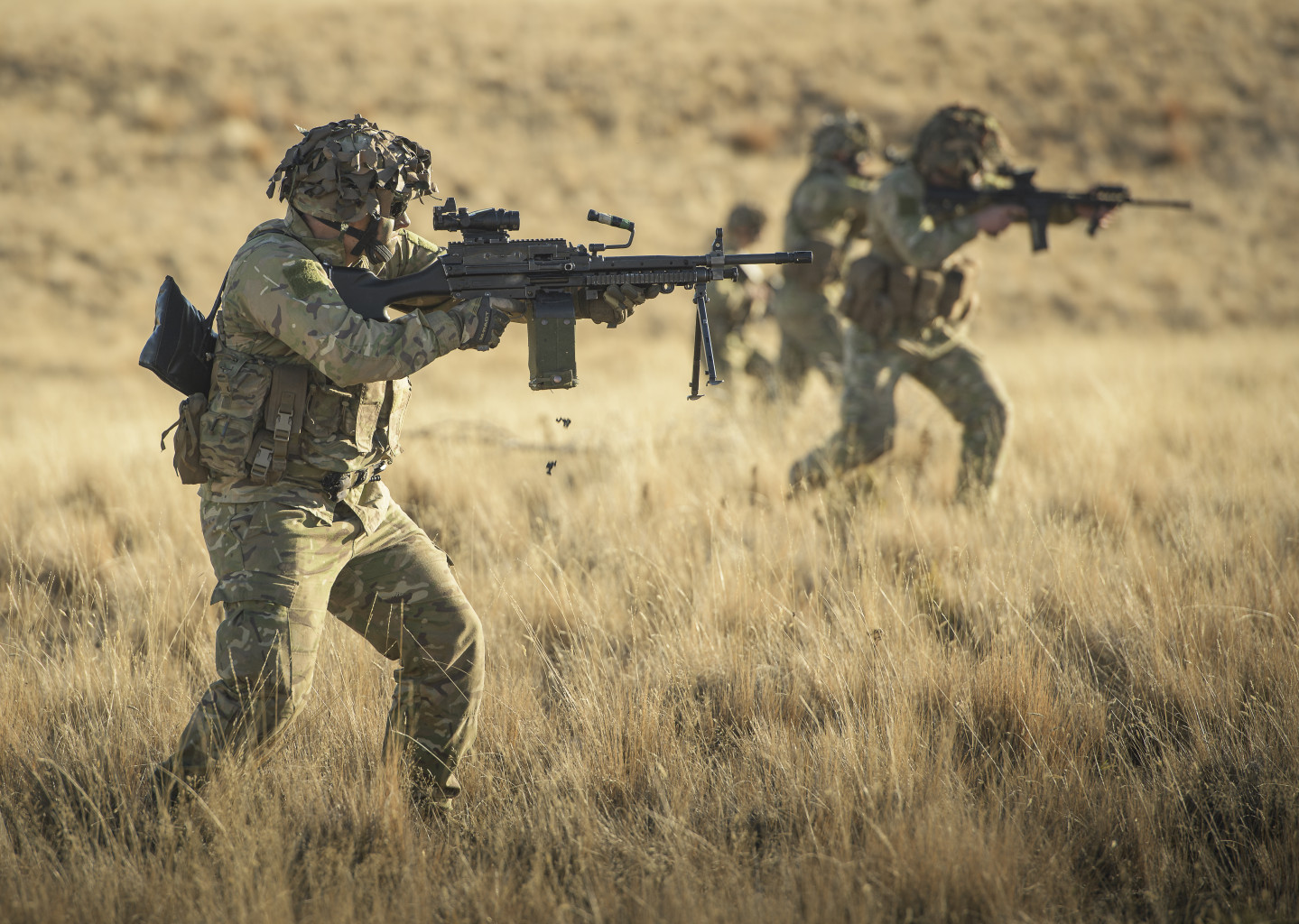More than 250 soldiers from 2nd/1st Battalion, Royal New Zealand Infantry Regiment (RNZIR) braved the sub-zero conditions of Tekapo, focusing on planning and conducting live firing at all levels. This was the largest exercise the unit has done, as a collective, since 2017. Firepower used on this exercise included the MARS-L, MRAAW Javelin, Grenade Machine Gun, Light Support Weapon 7.62mm, Sustained Fire Machine Gun, 40mm Grenade Launcher, M72A6 66mm Rocket Launcher and 60mm Mortars. The exercise was also enabled by the support of the Southern Health Support Squadron, Burnham Military Police, 3rd Combat Service Support Battalion Army Caterers, No. 3 Squadron Royal New Zealand Air Force, 3 Field Squadron Engineers and 2nd Combat Service Support Ammunition Technical Officer’s.
Officer Commanding Alpha Company, Major (MAJ) Josh Sullivan said,“The exercise was an important milestone for his Company. Our focus was to regenerate our fighting capability with our main effort on live field firing planning, safety and execution. Sections are the foundation of infantry minor tactics and success at this level ensures we set ourselves up well for the long term.”

Commanding Officer 2/1 RNZIR, Lieutenant Colonel (LTCOL) Sam Smith said“The primary focus was on infantry section level training as a key milestone in the unit’s regeneration. 2/1 RNZIR placed a lot of effort and unit focus to ensure the success of this exercise and its scale. It takes a considerable time and detailed planning to achieve this type of exercise, and it gave an opportunity for our trainers to design battle handling exercises which were as realistic as possible to bridge the gap between training and the battlefield. The exercise also saw the utilisation of the Army Training Management Framework to support our training and evaluation across the unit to confirm that our infantry sections are have reached an effective level and capable of progressing to more complex combined arms training.”
Alpha Company were able to fire the 60mm Light Mortar Illum, at night, for the first time since it was released to 2/1 RNZIR. The opportunity to fire at night was great for the soldiers and meant that they were able to test their ability to perform at high levels, in all conditions. Night training is essential for generating high performance as it teaches individuals and teams to be acutely aware of themselves and their surroundings. The importance of being able to effectively operate and live fire at night is essential in modern conflict due to the proliferation of night optics, thermal imaging and drones. We need to train in in this environment so that it becomes second nature.”
















